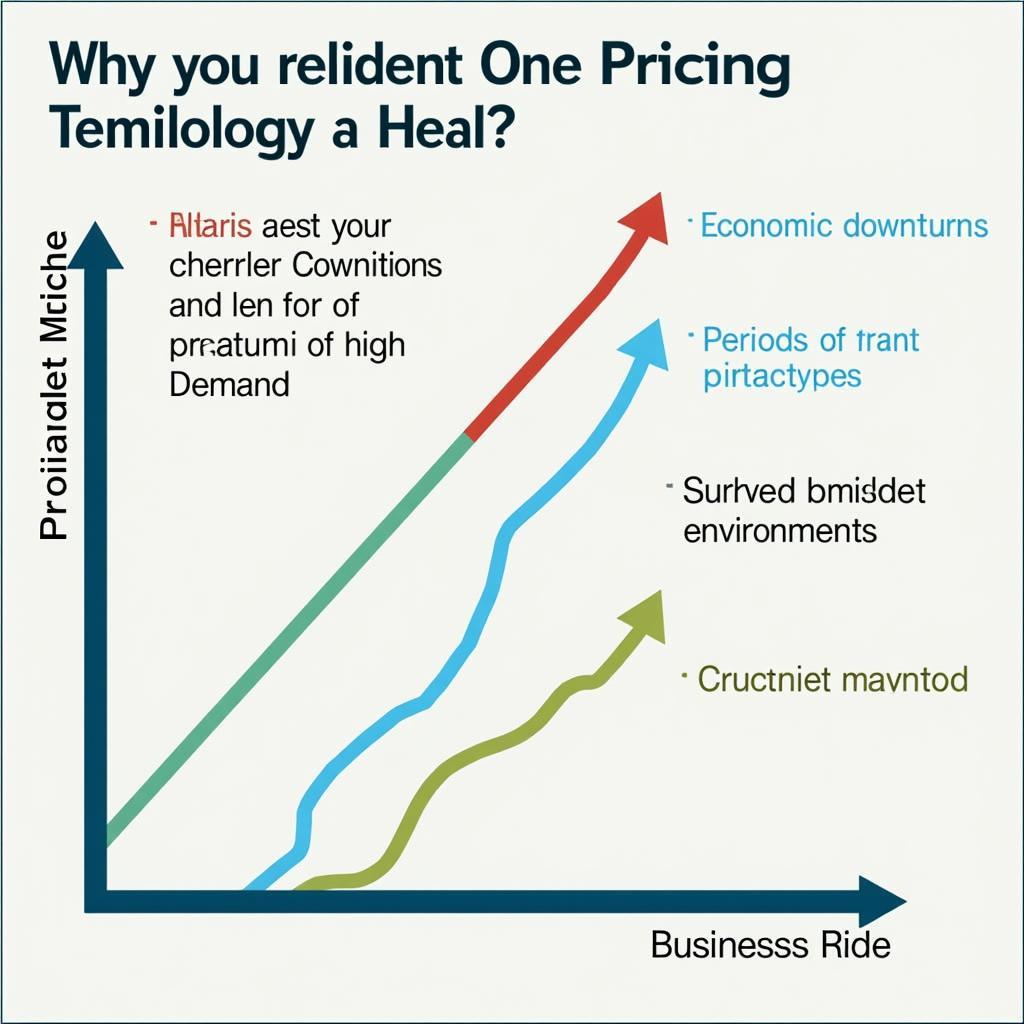Strategic pricing, a game changer in today’s competitive landscape, influences everything from business profitability to market dynamics and even societal well-being. It’s more than just slapping a number on a product; it’s a carefully crafted strategy that considers cost, value, competition, and market conditions. Getting it right can lead to increased market share, enhanced brand perception, and sustainable growth. Getting it wrong can have disastrous consequences.
Understanding the Power of Strategic Pricing
Strategic pricing is the art and science of setting the right price for a product or service to maximize profitability while also considering customer needs and competitive pressures. This isn’t a one-size-fits-all approach. It requires a deep understanding of your target audience, their willingness to pay, and the perceived value they place on your offering. The right price can not only boost profits but also communicate the quality and exclusivity of your product.
One key aspect of strategic pricing is understanding the different pricing models available. From cost-plus pricing to value-based pricing and competitive pricing, each model has its own advantages and disadvantages. Choosing the right model depends on factors like industry, product type, and market conditions.
Another critical element is price elasticity of demand, which measures how sensitive consumers are to price changes. Products with high elasticity see a significant drop in demand when prices increase, while products with low elasticity are less affected. Understanding this concept is essential for making informed pricing decisions.
The Impact of Strategic Pricing on Businesses
For businesses, strategic pricing is a crucial driver of profitability and growth. By accurately assessing the value they provide and setting prices accordingly, businesses can optimize their revenue streams. Strategic pricing also helps in managing customer expectations. A premium price can position a product as high-quality and exclusive, while a lower price can attract price-sensitive customers.
Effective pricing strategies also allow businesses to respond effectively to market changes. For example, during economic downturns, businesses may need to adjust their pricing strategies to maintain market share or even survive. Conversely, during periods of high demand, businesses can capitalize on opportunities by implementing premium pricing models.
 Adapting Pricing Strategies to Market Changes
Adapting Pricing Strategies to Market Changes
How Strategic Pricing Shapes Markets and Society
Strategic pricing doesn’t just impact individual businesses; it has far-reaching effects on entire markets and society as a whole. It influences consumer behavior, market competition, and even access to essential goods and services. For example, in the pharmaceutical industry, pricing strategies can determine who has access to life-saving medications.
Moreover, strategic pricing plays a role in innovation and technological advancement. By setting prices that incentivize research and development, businesses can contribute to the creation of new products and technologies that benefit society. However, pricing strategies can also create inequalities, particularly when essential goods and services are priced beyond the reach of vulnerable populations. Finding the right balance between profitability and social responsibility is a crucial challenge for businesses.
“Strategic pricing is a double-edged sword,” says Dr. Amelia Chen, an economist specializing in market dynamics. “It can be a powerful tool for economic growth and innovation, but it also has the potential to exacerbate existing inequalities.”
Conclusion: Mastering the Art of Strategic Pricing
Strategic pricing, a game changer for businesses and markets alike, requires careful consideration of various factors, including cost, value, competition, and societal impact. By mastering the art of strategic pricing, businesses can achieve sustainable growth, enhance brand perception, and contribute to a more equitable and prosperous society. Ignoring the importance of strategic pricing can lead to missed opportunities, lost revenue, and even market failure.
FAQ
-
What are the different types of pricing strategies? There are various pricing strategies, including cost-plus pricing, value-based pricing, competitive pricing, and premium pricing.
-
How does pricing affect consumer behavior? Price significantly influences consumer purchase decisions. Higher prices can signal quality and exclusivity, while lower prices attract budget-conscious consumers.
-
What is the role of strategic pricing in market competition? Pricing is a key competitive tool. Businesses can use pricing strategies to gain market share, differentiate their products, and respond to competitor actions.
-
How can businesses ensure ethical pricing practices? Businesses should consider the societal impact of their pricing decisions and strive to balance profitability with social responsibility.
-
What are the long-term implications of poorly planned pricing strategies? Poorly planned pricing can lead to lost revenue, decreased market share, and damage to brand reputation.
“The key to successful strategic pricing lies in understanding your customer,” adds Mr. David Miller, a marketing consultant with over 20 years of experience. “You need to know what they value, what they’re willing to pay, and how they perceive your brand.”
Need help with strategic pricing? Contact us at Phone Number: 02043854663, Email: [email protected] Or visit us at Address: Khu 34, Bac Giang, 260000, Vietnam. We have a 24/7 customer service team. We also have other resources available on our website to help you navigate the complexities of pricing strategy and its impact on your business, market, and society. Explore our articles on related topics such as market analysis and consumer psychology.